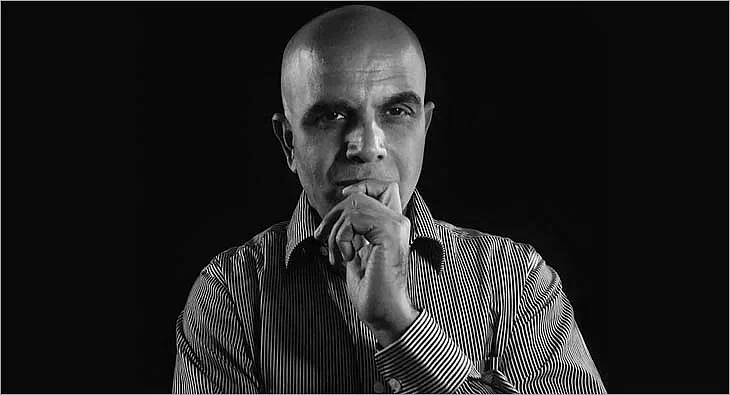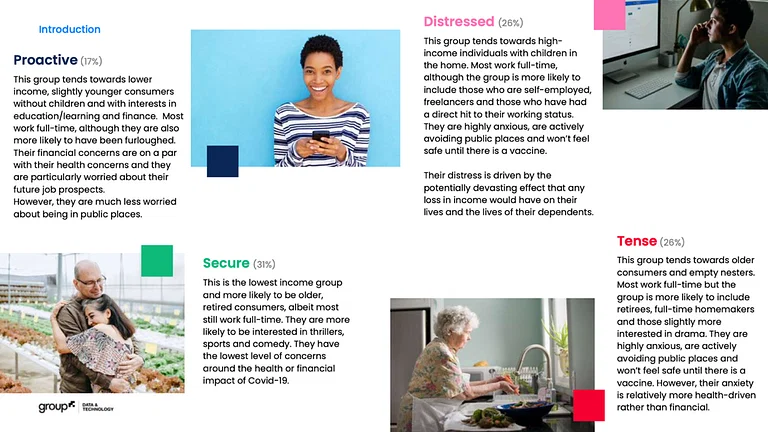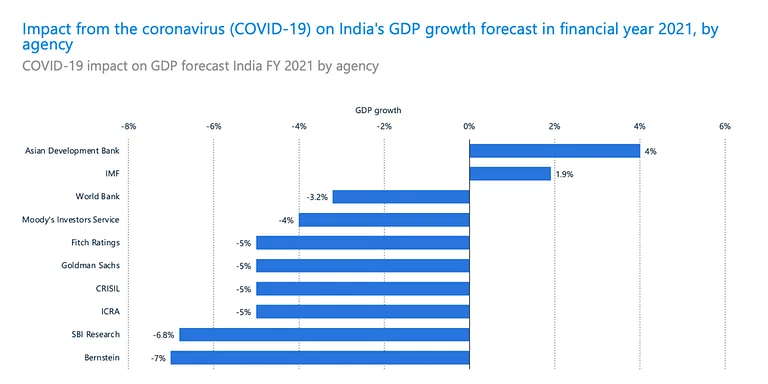



It was sometime during late April 2020. My brother-in-law Arvinder had made a video call to his sister – that is my wife – and myself. As was common during the early part of the lockdown era, he was lamenting about the oppressive pressures of life imposed on his family due to this phenomenon called Covid. His family of five, made up of the middle-aged couple along with their two grown-up kids and his aged father, was becoming increasingly paranoid about hygiene matters and wanted to minimise exposure particularly in view of the senior member’s co-morbidities. Again, like many Indians, in an effort to reduce contact with the external world, they had stopped using the services of their regular part-time maid. Now, a few weeks into the backbreaking routine of their newly transformed life, they had come to the realisation that it was just not possible to manage any longer without some help. And so modern technology had come to their rescue.
Arvinder had just invested in a robotised vacuum cleaner that promised to clean floors, obviating the need for a conventional handheld broom and a mop completely. This robot was the centre of attraction during the said call soon after I’d asked the aforementioned question of my brother-in-law, “Did Covid actually make you buy a robot?” And in response, Arvinder very proudly gave us a live demo about the contraption’s multifunctional abilities. Admittedly, the robot was impressive. A huge novelty for us, it deservingly received all the plaudits and admiration that day, and very decisively also proved that robots had finally entered Indian middle-class lives.
As a matter of fact, during the call, Arvinder went on to highlight how several other new purchases had been necessitated as a result of the pandemic affecting the family budget quite significantly. There was a new laptop bought for the daughter for her online college classes plus a tablet for the wife’s teaching job at the school. A new UPS was also purchased to ensure uninterrupted wifi – since their abode is in Gurgaon, a city notorious for unscheduled power cuts – to support the WFH sessions of Arvinder as well. Not to forget, an office chair too. In addition, the wife had finally been able to welcome a dishwasher into her kitchen – something that she’d thought about buying earlier but never quite got down to doing simply because the bai was just too convenient a resource to pass up. Then there was the vegetable purifier, another gadget that has quickly climbed up the priority ladder of many households. As also the inevitable Oximeter.
I must confess that till that time, like most people I too was under the impression that the pandemic has upended the economy all of a sudden, and most businesses are looking at a miserable 2020 sales report. Little had I realised that there are segments that are, on the contrary, discovering a silver lining to this massive catastrophe.
If you look closely, it’s not too difficult to realise that in addition to these myriad durable items that Arvinder’s family had purchased under duress, there are very many other grocery items that have become part of most families’ monthly shopping lists now: right from mandatories like masks, sanitisers, disposable gloves, to antiseptic cleaners, floor, toilet & glass cleaners, practically every household has had to recalibrate their regular shopping in recent times. Interestingly, even the food basket of families has now gone on to include products that carry an assortment of ayurvedic or herbal ingredients with names such as Ashwagandha, Giloy, Amla, etc. A sign of the changing times indeed.

A recent Nielsen India study on FMCG trends has shown that driven by the overbearing circumstances, where large scale job losses or pay cuts have been inevitable, on the whole, consumers have expectedly shown a preference for affordable offerings while premium products are yet to stage a comeback. In terms of pop-strata divisions, the rural markets have recovered handsomely mainly on the back of support provided by the government (MNREGA initiative) as well as good agriculture, reverse migration and a lower unemployment rate. Regionally, relatively higher rural population and lower incidence of COVID cases in the east and north zone have helped these zones recover faster than the west and south.
Interestingly, even on the entertainment front, several changes took place in households albeit mostly in urban centres. Many reports have indicated that Indian families have been spending more on taking up subscriptions of video (and audio) streaming platforms, understandably as a result of fast depleting content libraries of most channels. Curiously, even physical sports items such as bicycles and board games like Ludo and Taboo have made a return to the list of products bought online. Why, even gaming and dating apps – if dating can be classified as ‘entertainment’ at all, that is – have reported higher spends by users on paid features to access their value-added services. On the other end of the spectrum, e-learning industry has also reaped the dividends of this doleful crisis.
Research into consumer mindsets and motivations has thrown up interesting sidelights. It’s now proven that the impact of Covid-19 is highly personal and emotional with own/family health and safety concerns being top of mind for most. An unprecedented drop in consumer confidence due to financial and economic worries has been felt all around. However, the impact experienced is not uniform. Arvinder and family, for instance, seem to belong to a sub-group that’s referred to as The Distressed in a GroupM study that identified 4 key segments of consumers based on a combination of their anxiety level and their financial response to the crisis: these being Tense (26%), Distressed (26%), Secure (31%) and Proactive (17%).

It’s commonly accepted that regardless of the segment that they may belong to as per the grid above, Covid has made significant changes in practically everyone’s purchase list. Consumers over-indexed spends on essential goods like food, hygiene, and preventive medicines during the lock down and almost did away with a multitude of not-so-necessary lifestyle and luxury products that are fundamentally discretionary in nature. While there is no way to tell exactly what the economic damage from the pandemic will be yet, there is widespread agreement among economists that it will have a severe negative impact on the global economy. Estimates predict that most major economies will lose at least 2.4 percent of the value of their gross domestic product (GDP) over 2020. Closer home, estimates for India have varied between a net impact of +4% (almost impossible now) to -7%. The RBI’s recent estimate is about a 7.5% contraction, which unfortunately seems closest to reality.

Sellers too have been doing their bit to make the consumers buy more all this while, in spite of the underlying overwhelming negative sentiment. For starters, every marketer worth his salt has now gone digital. Product availability is ensured online universally. Either through an e-commerce marketplace or through its own web platform. Or both. Marketers have also been trying various innovations and ingenious experiments to moderate some of their losses. By making efforts such as enabling contactless sales and delivery of products – including for heavy-duty items like cars and two-wheelers. Lifestyle product stores converted their large brick and mortar outlets into mobile shops and they literally came home since the consumers wouldn’t.
Many other smart pieces of innovations have been witnessed in the service industry also. Medical practitioners started it all by offering online video consults since patients were paranoid about visiting hospitals and clinics. Car service brands also started sending mechanics home to repair or fix cars since cars wouldn’t come to the service stations anymore. Similarly, online tourism and online entertainment shows and concerts went mainstream in the absence of physical outlets for entertainment.
There have been several new product launches too – while some have been genuine value additions and relevant line extensions (e.g. honey-based karha mix or W95 masks or sanitiser sprays or even a Covid insurance policy), some appear downright opportunistic bets. Like mattresses, asbestos sheets, or wall paints, and even suiting and shirting materials with anti-viral properties. Still, it has to be said. Genuine innovations have led the way mostly.
So in sum, needless to say, that the world has changed dramatically in the last one year. We can’t be entirely sure how the story would unfold in the coming months. Maybe the picture would have a Reboot 3.0 after the vaccines are widely distributed. And there will be a massive V-shaped recovery – aided in part by what is now termed as ‘revenge buying’. Yet, a few things are quite certain from a sales and marketing standpoint:
First published on exchange4media.com on Dec. 23, 2020

